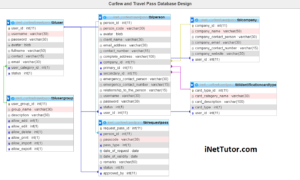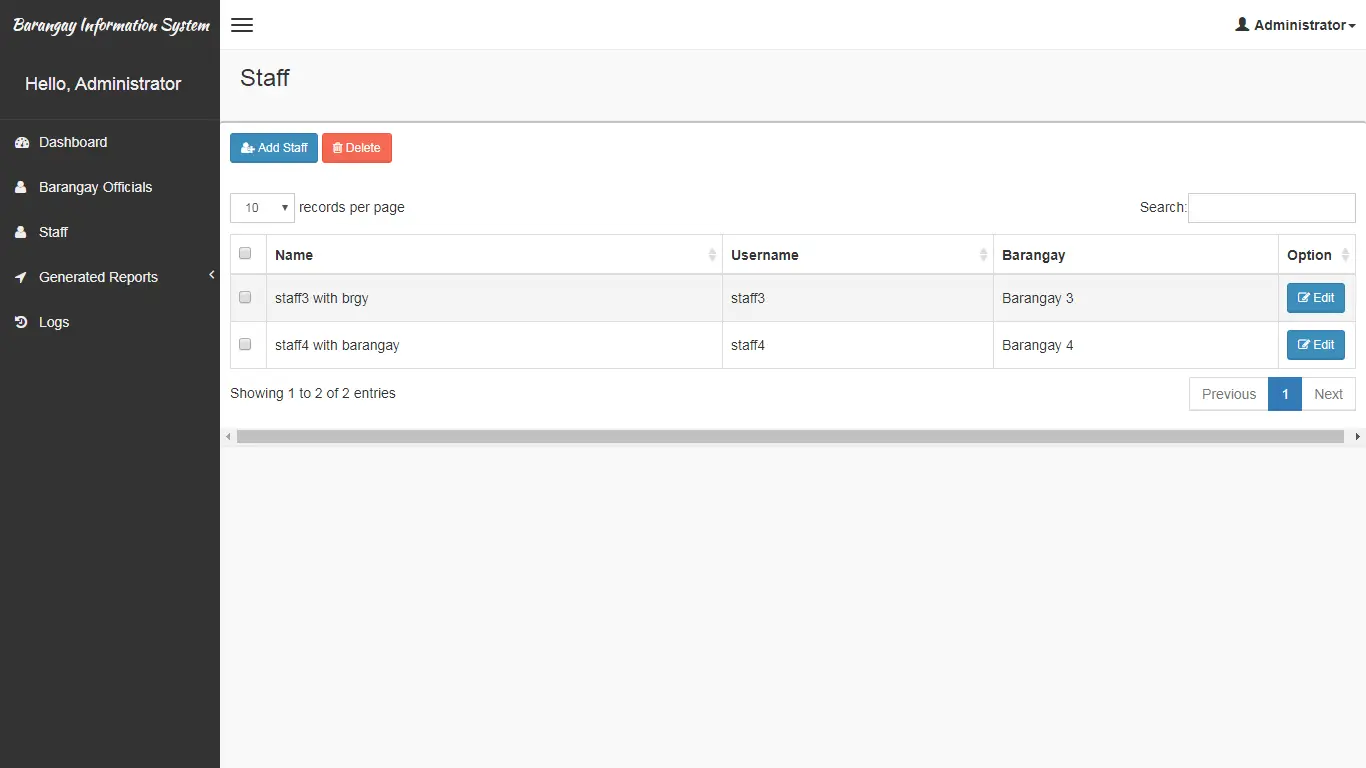Online Tracking and Monitoring System of Cargo using QR Code
Introduction of the Study
The project entitled Online Tracking and Monitoring System is a web-based application that includes QR Code generator for every transaction of shipping a cargo. The QR Code is a method used by the researchers to track and monitor the status of cargo or shipment. It was designed and developed in PHP, Bootstrap and MySQL.
QR code (abbreviated from Quick Response code) is the trademark for a type of matrix barcode (or two-dimensional barcode) first designed in 1994 for the automotive industry in Japan. A barcode is a machine-readable optical label that contains information about the item to which it is attached. Source: https://en.wikipedia.org/wiki/QR_code
The system has been designed to record the transaction and attach a QR code for properly monitoring and tracking of cargo. With this method, the system will allow the customer/sender to monitor their shipment towards the receiver of the item/cargo. It would also be much easier also for the shippers to deliver the cargo since they will have a guide and an organize method of monitoring and tracking of cargo.
Administrator
- Login, logout, change password
- Add, edit, and delete staff account
- Add edit delete customer account
- Can create QR Code
- Create airway bill number for transaction
- Can generate reports for specific transaction, pending, approve and rejected transactions
System Screenshots
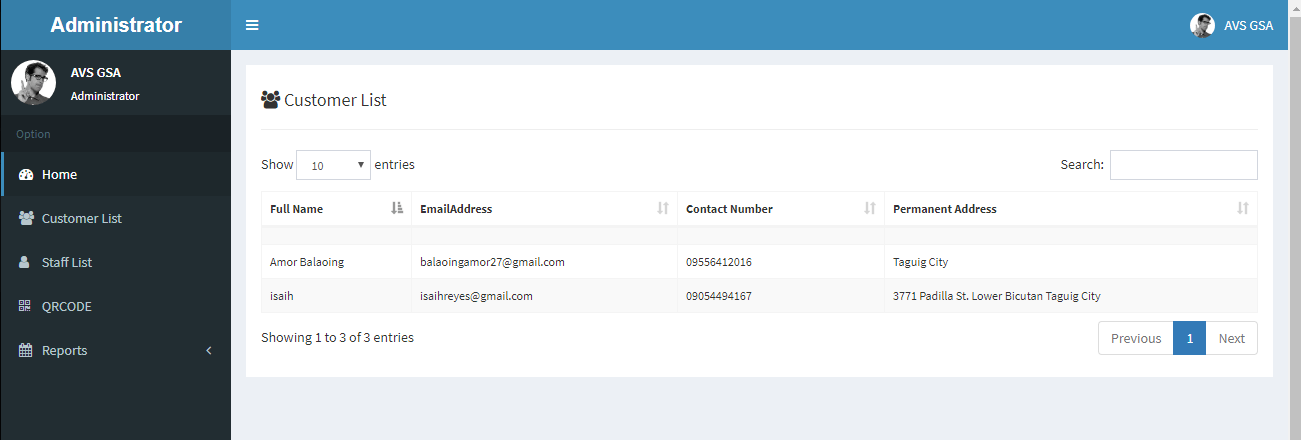
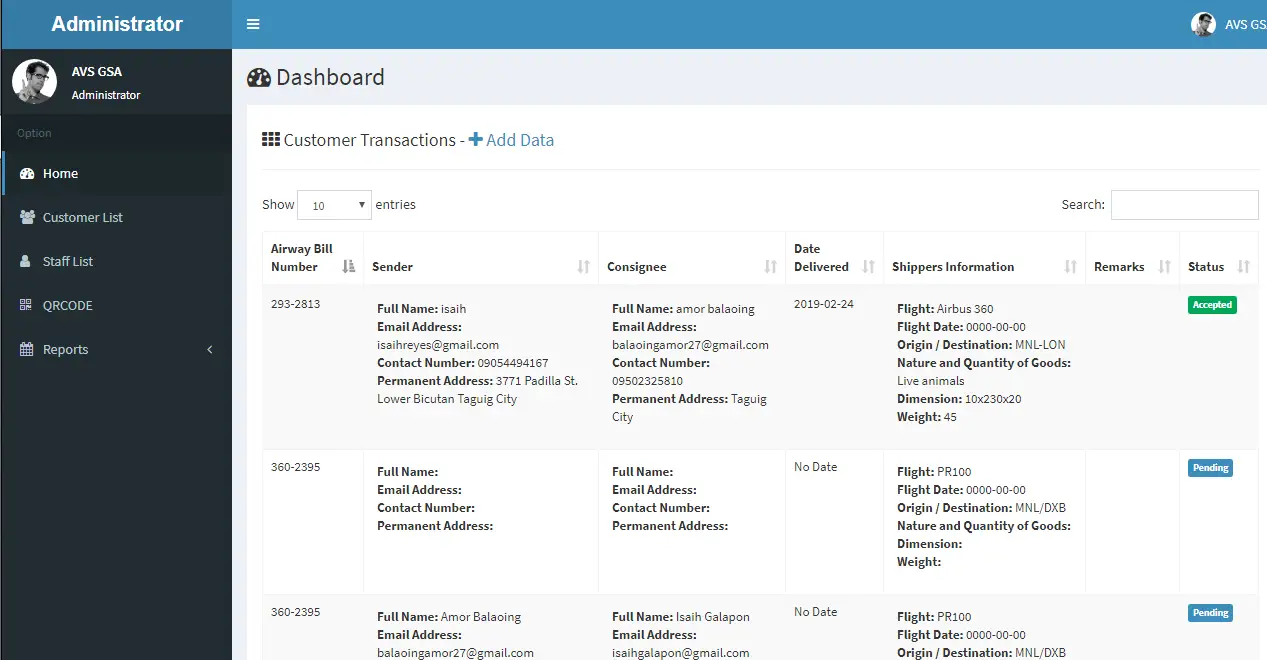
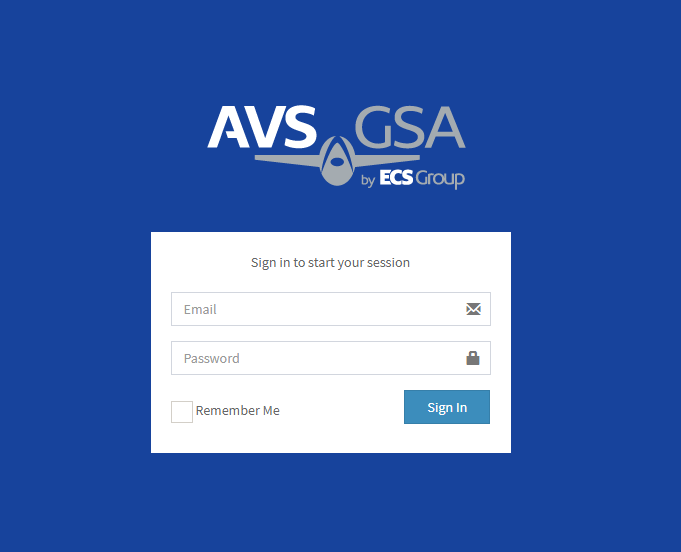
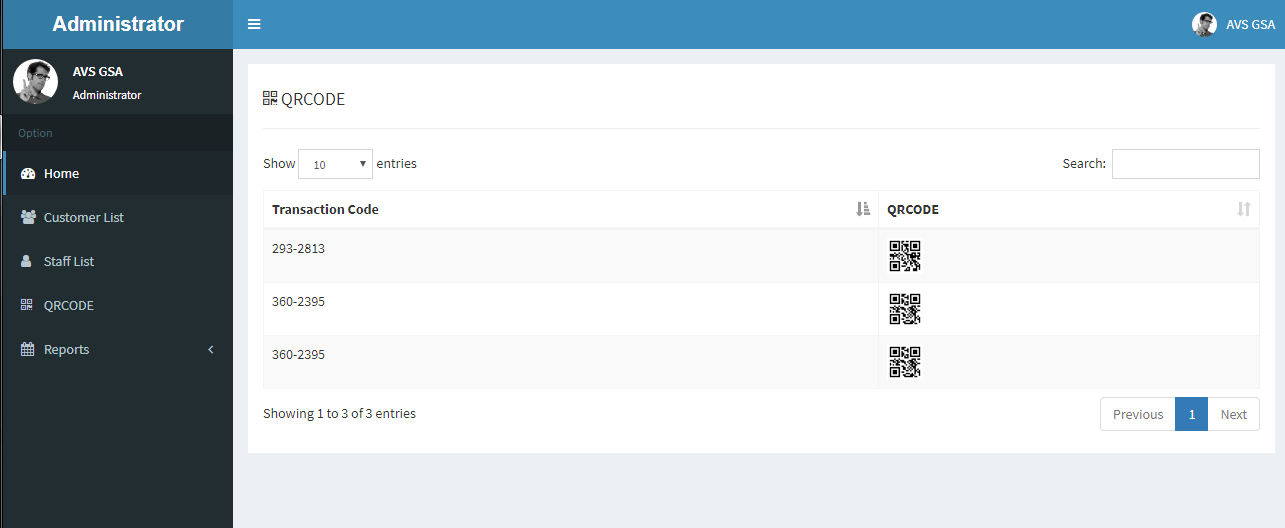
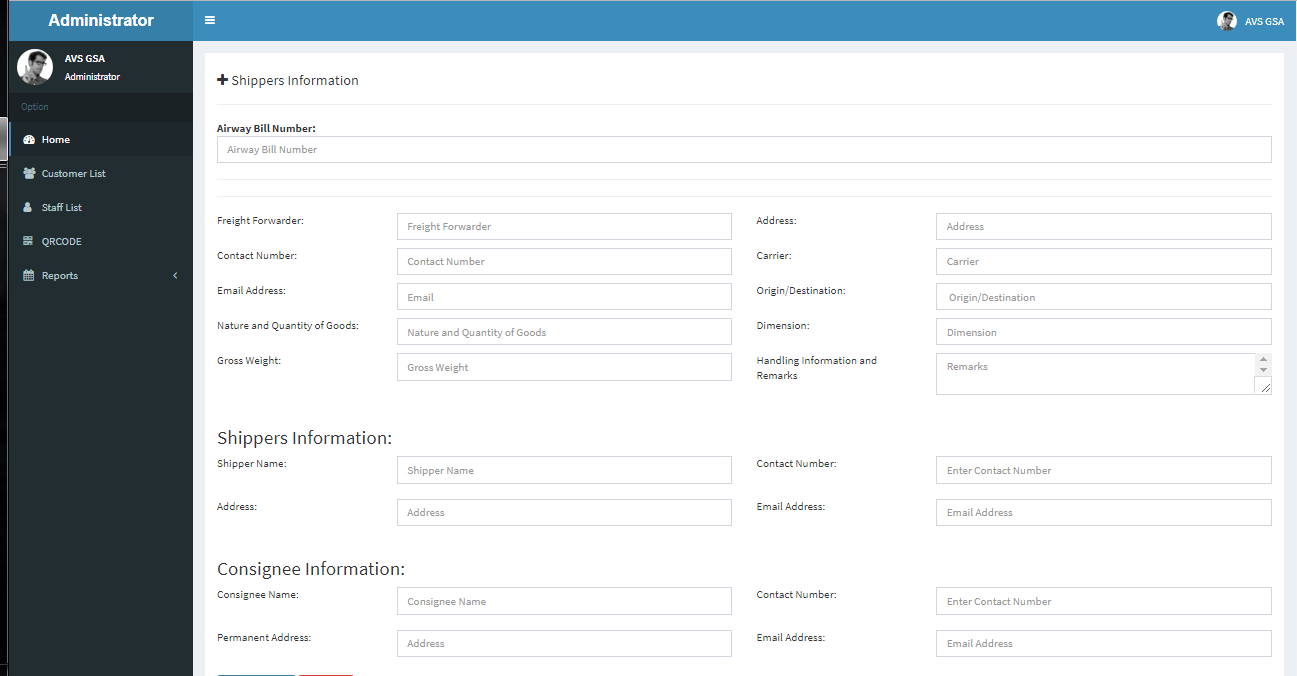
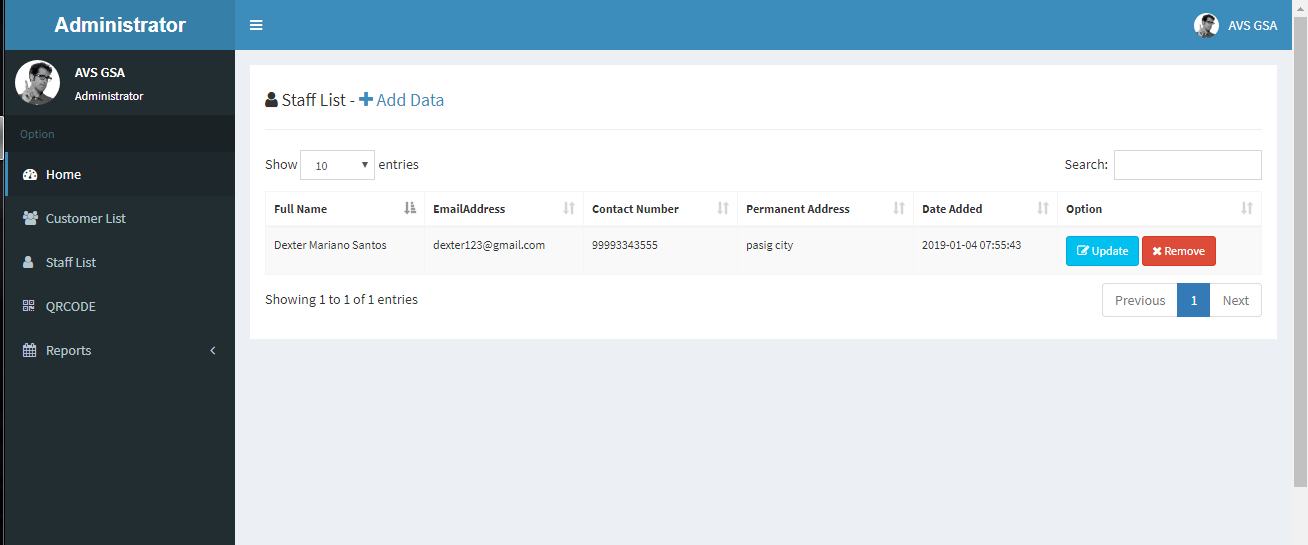

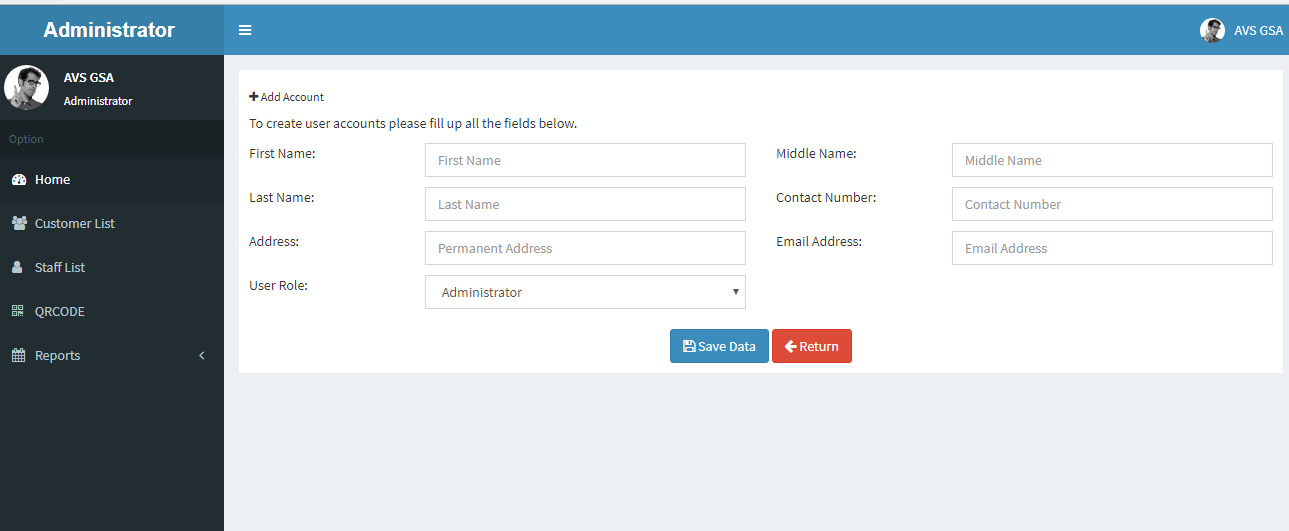
Software Development Life Cycle based on Rapid Application Development
Analysis and Quick Design
During Analysis and Quick Design, the researchers did a personal interview with the respondents and the chosen client where the study was conducted. The respondents were given the chance to suggest how the system will be designed. The researchers introduced the concept of QR Code to the clientele. After conducting the data gathering, the researchers made an initial design for the proposed Online Tracking and Monitoring System.
Build
The researchers started to develop the system. It includes the design; how the system would look like based on user requirements, and the researchers/programmer would like to add personal design to make the system more interactive and user friendly. This is the part of the cycle where the researchers will convert the idea and data gathered in to a form of source code using the various development tools and several cup of coffee. The researchers used XAMPP a software package composed of Apache, MySQL and PHP.
Demonstrate
After the prototype was created, it was presented to the clients for initial demonstration and to provide the client on what the project would look like. The researchers show the function of the system, the flow on how it works, and the functions of the features that are included in the system. It would also be beneficial to the researchers so that changes can be revised as early as possible.
Refine
After the presentation was conducted and comments from the clients were followed, revisions were made and it is the stage of refinement. In this stage of the cycle, the researchers were able to apply the necessary changes requested by the client. The main purpose of this stage is to improve and enhance the system based on what the client needs.
Testing
After the refinement process, the project is now ready for testing. The testing process has several types; (1) the system should undergo a testing wherein IT experts will evaluate and validate the correctness and effectiveness of the developed system. (2) After the critic from the IT expert, it will be tested by the end-users before implementing the project. This method is very important to make sure that the system is bug-free and meets the needs and requirements of the client.
Implementation and Maintain
The last piece of the puzzle is to implement the project in a live environment. This process should be smoothly done if the phases prior to this stage were conducted carefully. Implementation is a step closer so that we can call the project as a successful one. We also need to think of the long term, thus a proper maintenance plan must also be planned out since there is no perfect system.
Complete documentation is available and we can also revised it based on your preferred format.
visit our facebook page for more information.
for the sourcecode and documentation you may contact the developer of the system
Patrick Tandoc Sarmiento
09999637980
https://web.facebook.com/ptsarmiento
